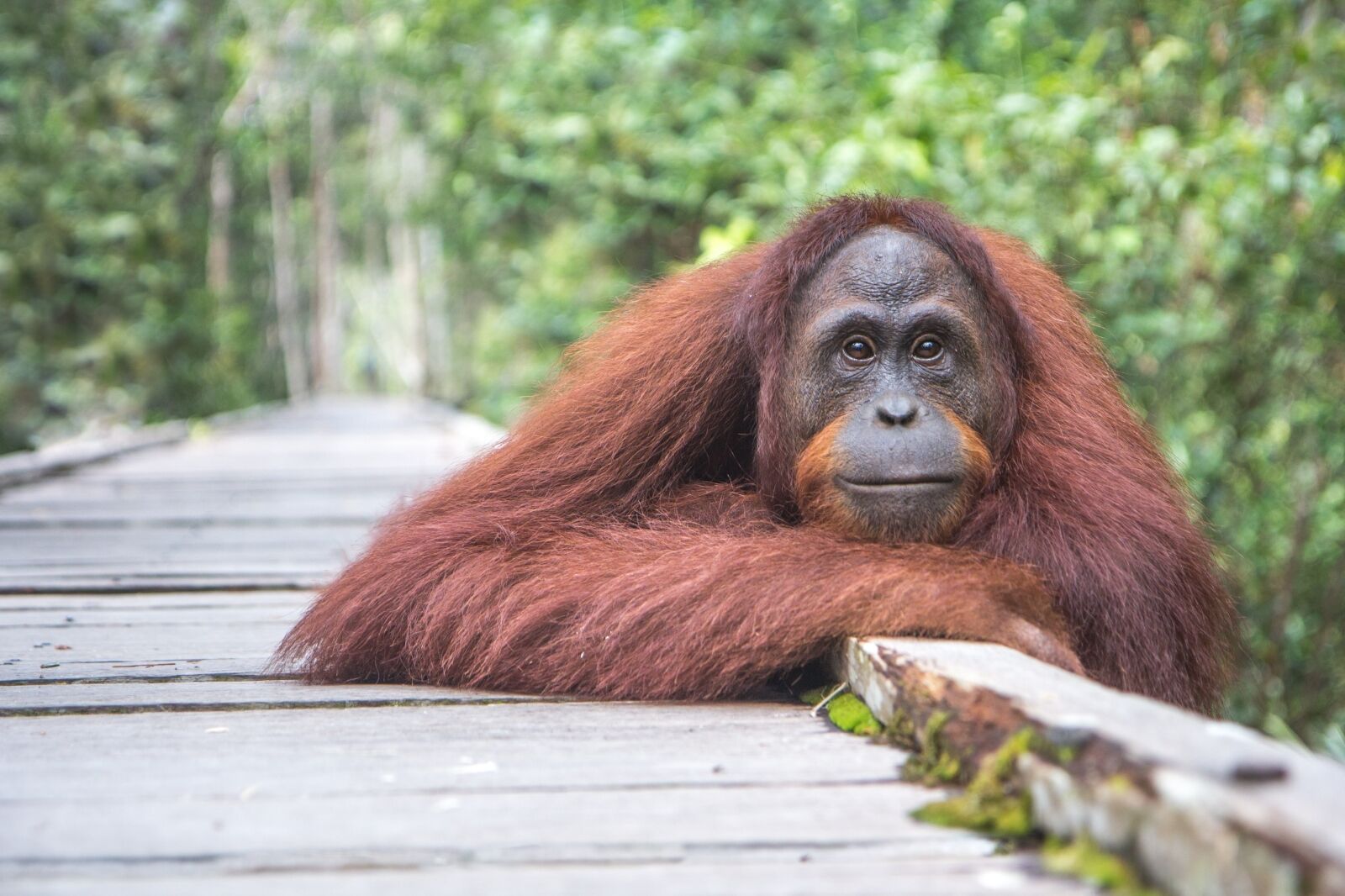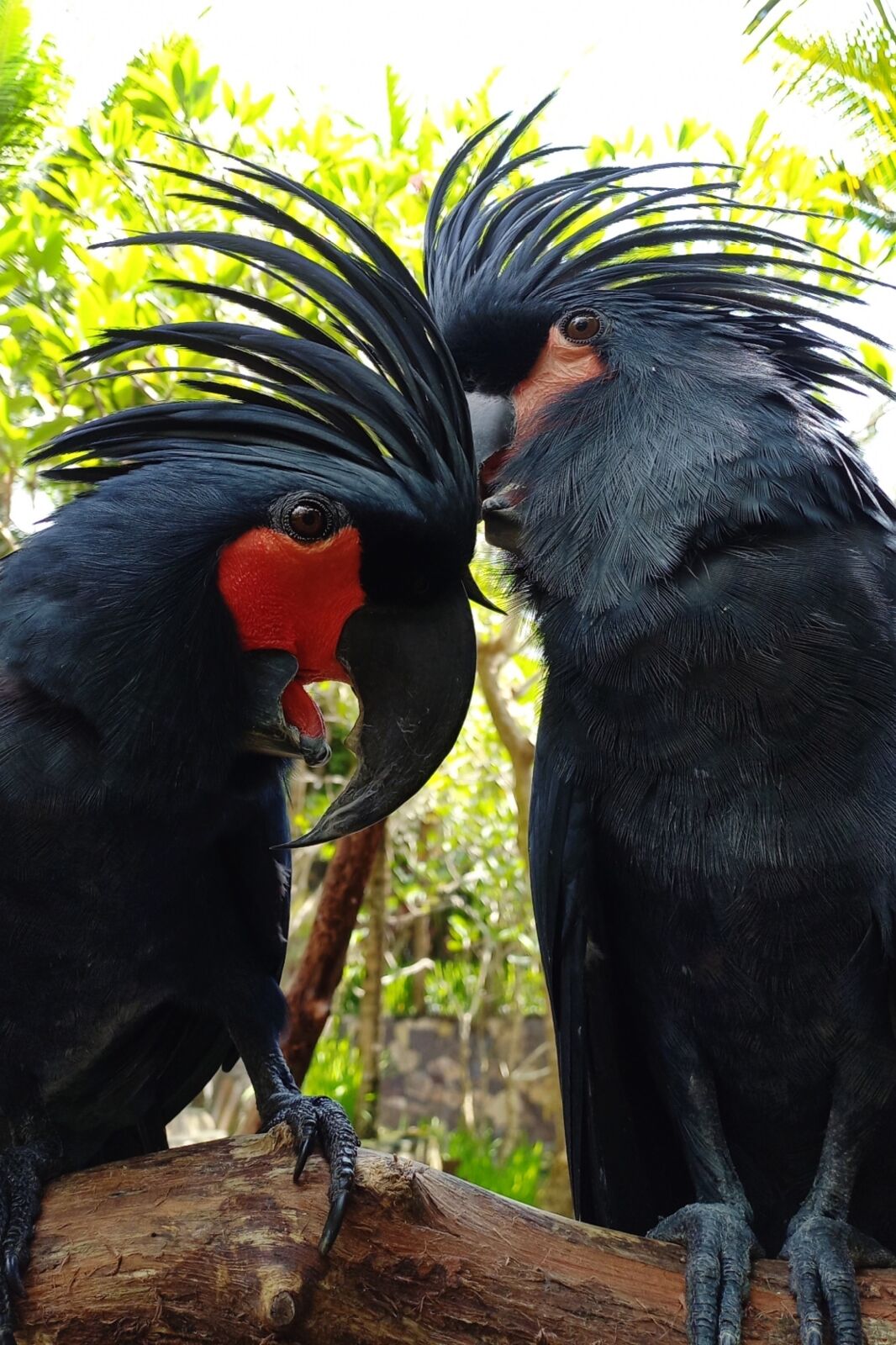The Indonesian archipelago, a sprawling tapestry of islands stretching across the equator, is home to one of the world’s most fascinating natural phenomena: the Wallace Line. This invisible boundary, named after the 19th-century British naturalist Alfred Russel Wallace, divides the region into two distinct ecological groups. The line runs through the Malay archipelago, separating the islands of Bali and Lombok. Although no one can see the Wallace Line, animals and many bird and fish species do not cross it.


There’s an Invisible Boundary Near Bali That Animals Don’t Cross
@meridian.mysterie Animals Can't Cross This Line! #Wallaceline #learn #map #maps #geography #history #viralfact #facts #fyp #interestingfacts #geotok #historytok #didyouknow #education #foryoupage #foryou ♬ original sound – Meridian Mysteries
These two islands are only 22 miles apart. I’ve hopped between the two on surf trips to Indonesia, and it takes just over an hour to sail from one to the other.

Photo: Kertu/Shutterstock
The islands west of the line share a biological affinity with mainland Asia. Here, you’ll find creatures like tigers (in captivity, tigers have sadly officially been extinct in Bali since 2008), elephants, and orangutans.
However, cross the line, and the landscape transforms, and you’ll find wildlife more akin to Australia. The eastern islands are home to a very different cast of animals and birds, including marsupials, the cockatoo, and the Komodo dragon.

Photo: Dian_rmb/Shutterstock
Wallace’s eight years in the region in the 1850s and his keen observations made him ponder the reason behind this biographic boundary. Bill Baily says Wallace was the greatest tropical biologist of the Victorian era. Darwin often overshadows his contributions to the theory of evolution, and he founded a new field of study, the geographical distribution of animals.
In the archipelago, Wallace hypothesized that the islands’ geological history played a crucial role in the separation of species. During the Ice Age, when sea levels were lower, much of the region was connected by land bridges. He concluded that western islands must have been connected to Asia, while the islands east of Java and Borneo were remnants of a former Australian continent. However, deep-water channels with strong currents, particularly the Lombok Strait, acted as barriers, preventing the migration of many species — even flying insects and birds who are unable to get over the stretches of the ocean.
In recent decades, the theory of plate tectonics has provided a more comprehensive explanation for the Wallace Line. The Indonesian archipelago sits at the convergence of several tectonic plates. The collision and separation of these plates have shaped the region’s landmasses, creating deep-water channels that have isolated different groups of species for millions of years.
When visiting Bali, I recommend going to Lombok if time permits. It’s not only the topography and wildlife that’s different; the pace of life in Lombok is a lot slower, and despite the island becoming a lot more popular with those wanting to escape the crowds (to then create crowds on Lombok), it’s still a quieter option and one of the best places in the world to surf — if that’s your thing.